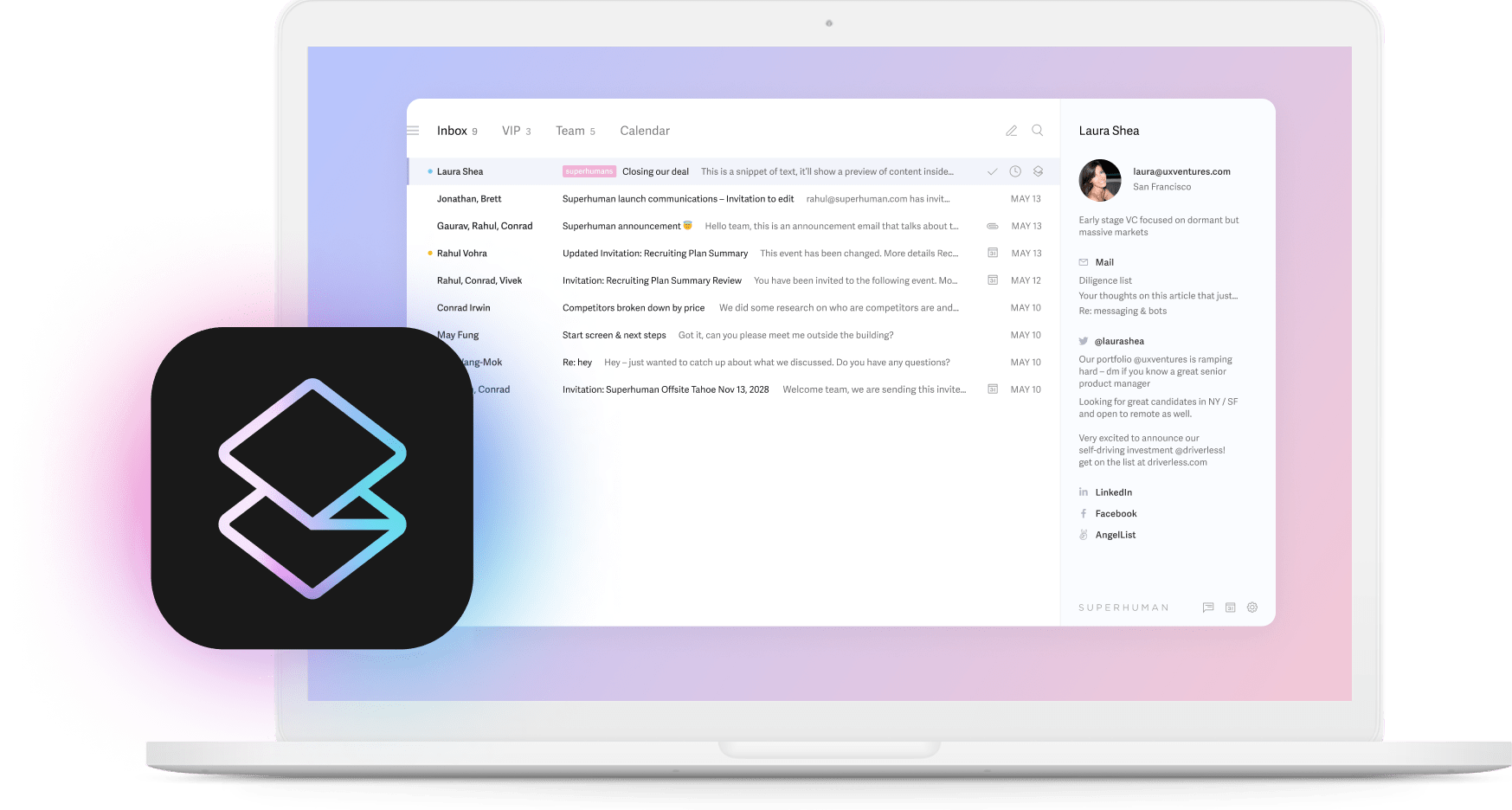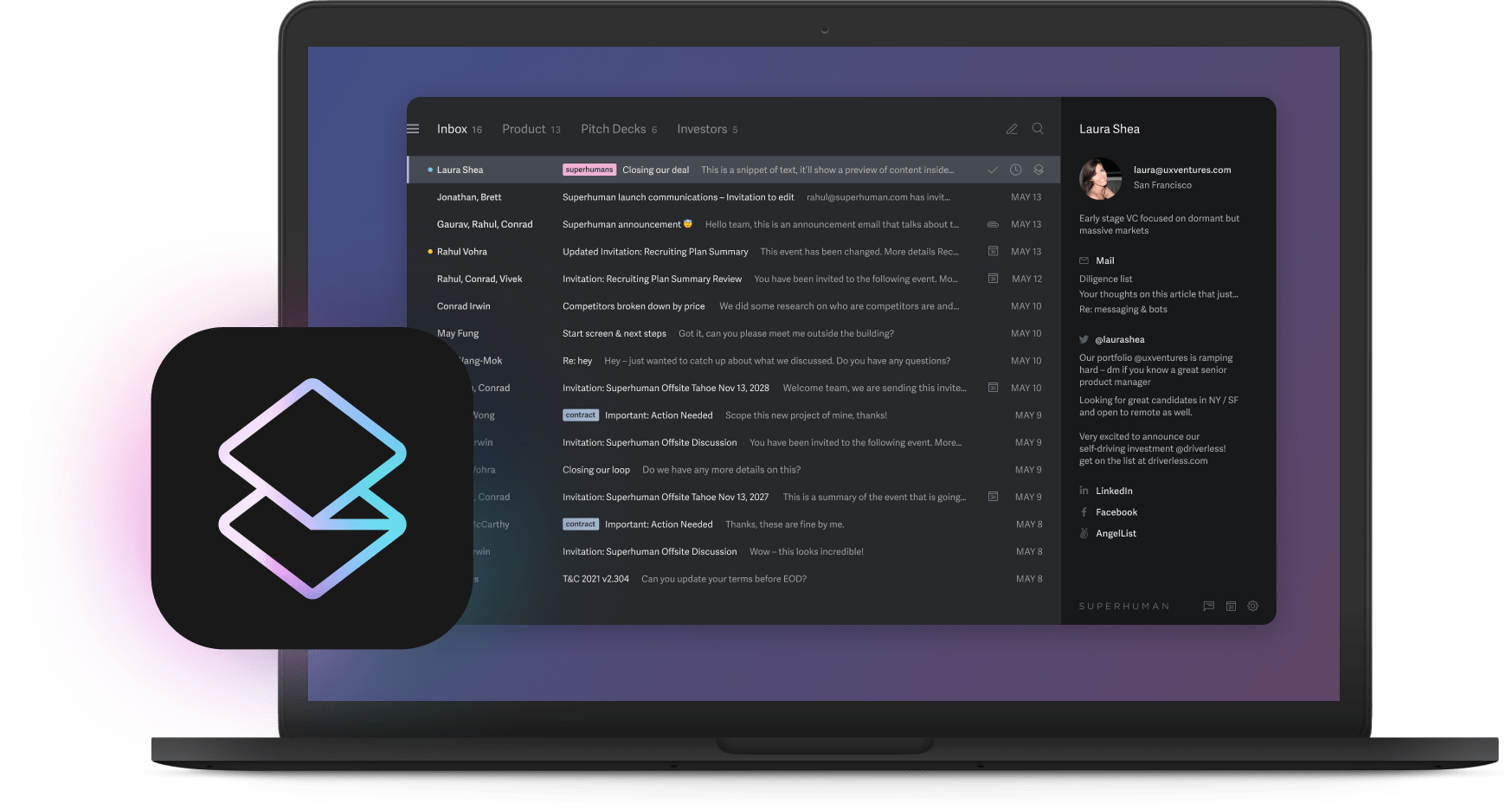
Most boardrooms drown in forty-slide decks that promise AI transformation yet deliver nothing but delayed decisions. We've all sat through these presentations, watching as each additional slide adds confusion rather than clarity. Two-thirds of executives say AI adoption has led to tension and division within their companies. When strategy documents balloon, teams splinter, priorities blur, and months pass without a single AI feature shipping.
You need something different. A one-page roadmap that captures everything that matters and nothing that doesn't. In four tight boxes, you'll capture the one problem worth solving, the smallest viable AI solution, a 30-day proof point, and the single metric that matters. The pages you delete become the hours you save, and those hours separate companies that talk about AI from those that ship it.
Why one page changes everything
Picture your next AI steering meeting. You drop a single sheet on the table. No slides to click through, no appendices to reference, just four boxes that everyone can read in under a minute.
The one-page format solves the core problem that kills most AI initiatives: when everyone sees different priorities, nobody moves forward. Your sheet holds just four elements. The Problem box names the single business pain you must fix in 20 words or less. The Smallest Viable Solution describes the minimal build that tackles it in 25 words. The 30-Day Proof sets a date-stamped result that shows it works. The One Metric That Matters identifies the leading KPI everyone will watch.
This economy mirrors how the most productive teams operate. When you limit options, you accelerate decisions and ship products. Every stakeholder sees the same priority, understands the same goal, and tracks the same metric.
Building your four-box framework
Grab any blank page and draw a 2×2 grid. You now have everything needed to turn AI ambition into working software.
Box 1 captures one problem worth solving. Write something specific like "Finance team spends 15 hours weekly reconciling invoices manually." Vague statements like "improve finance workflow" tell nobody what to build.
Box 2 describes your smallest viable solution. Focus on what you can build with existing tools. "AI tool auto-populates invoice fields using OCR and pattern matching" works because it's specific and achievable. Start with proven APIs before building anything custom.
Box 3 sets your 30-day proof point. Pick an exact date and measurable outcome. "March 15: 10-person pilot shows 30% faster invoice processing" gives everyone a clear target. Short horizons prevent scope creep and surface problems while they're cheap to fix.
Box 4 identifies one metric that matters. Choose something that appears on the CEO's dashboard. "Weekly invoice processing time" beats "model accuracy score" because it connects to business value.
The rule is simple: if something doesn't fit in its box, cut it. This discipline prevents the feature creep that turns focused initiatives into multi-quarter disasters.
Getting your problem statement right
Most AI programs fail because they try to solve everything at once. Your problem statement must be sharp enough to guide every decision yet meaningful enough to matter.
Before writing anything, run four essential checks. Customer impact: will solving this directly improve customer experience? Financial upside: can you tie the solution to revenue growth or meaningful cost reduction? Data readiness: do you already collect the data needed? AI fit: will machine learning measurably improve the outcome compared to current methods?
If any check fails, refine or replace the problem. "Sales reps waste 8 hours weekly on CRM data entry" passes the "so what?" test immediately. Everyone understands the cost, and the path forward becomes obvious.
Watch for three traps. Vague language like "enhance customer experience with AI" provides no direction. Tech-first thinking that starts with "implement large language models" forgets why the technology matters. Problem dumps that list multiple issues signal lack of focus. Pick one problem and solve it completely.
Starting with the smallest viable solution
Your instinct will push toward a comprehensive platform. Resist it. The smallest viable solution delivers one slice of value fast, then learns from real use.
Teams that ship minimal solutions see results in weeks while others are still in design meetings. They gather feedback from actual users and discover edge cases through use, not planning sessions.
Follow four principles. Target one job: pick the narrowest function that solves your stated problem. Reuse before you build: existing APIs get you to market faster. Ship within 30 days: if you can't prototype in a month, you're overbuilding. Measure business impact: tie success to your one metric, not technical benchmarks.
A basic OCR tool that saves finance teams three hours weekly builds more trust than a promised AI platform that never ships. Start with something small that works, then expand based on what you learn.
Making your 30 days count
Quarters kill momentum. Thirty days creates urgency that drives results. This timeline forces daily progress and prevents the comfortable delays that stretch weeks into months.
Structure your sprint in four focused weeks:
Week 1: Foundation. Audit your data to confirm availability and quality. Fix gaps now or they'll derail you later. Lock the scope in writing and post it where everyone can see it.
Week 2: Build. Create the prototype using existing tools wherever possible. Demo progress to stakeholders by Friday, even if rough.
Week 3: Test. Put the solution in front of real users doing actual work. Capture both metrics and feedback. Most breakthroughs come from unexpected user behaviors.
Week 4: Deliver. Compare outcomes to your metric. Document results and decide whether to scale, pivot, or stop.
Three guardrails keep you on track. Lock the scope, moving any new request to the next sprint. State success criteria clearly: "reduce processing time by 20%" beats "improve performance." Communicate weekly with brief updates on wins, blockers, and next steps.
Selecting your one metric
If you could only improve one number in the next 30 days, which would move the business fastest? That's your One Metric That Matters.
Good metrics share four characteristics. They reflect your business stage: early initiatives track adoption while mature ones measure revenue. They drive strategic impact by bending a curve the company already watches. They remain actionable, meaning your team can influence them directly. They stay specific so everyone measures them identically.
Strong examples include "incremental revenue from AI recommendations" or "support tickets auto-resolved weekly." These connect effort to outcome in ways executives understand. Vanity metrics like "model accuracy" won't move your business forward.
Link your metric to the company's North Star. If customer lifetime value drives your business, track "percentage of customers engaging with personalized recommendations." Review the metric weekly and defend why it still matters.
Avoiding the five fatal pitfalls
Five mistakes kill most one-page roadmaps. Knowing them helps you avoid them.
Unclear goals emerge when problem statements exceed 20 words. The moment your problem reads like a paragraph, alignment breaks. Keep trimming until value becomes obvious.
Insufficient data appears when teams assume availability without verification. Schedule a data audit before committing to any solution.
Missing governance creates confusion about decisions. Add one owner directly to your roadmap with final say on scope and priorities.
Over-engineering happens when teams chase perfection instead of proof. Every feature should directly address the stated problem.
Metric drift occurs when teams shift focus without conscious decision. Protect against this with weekly reviews where someone defends the original metric.
Scaling without losing focus
Your first one-pager worked. Requests pour in for the next project. This is when discipline matters most.
Create a fresh one-pager for every new initiative. Pin each to a board with three columns: backlog, active, and complete. Anyone can see priorities and progress at a glance.
Sequence initiatives by impact and dependency. If Project B needs data from Project A, keep B in backlog until A completes. This visual queue prevents resource conflicts.
Hold quarterly reviews of all active one-pagers. Retire any that no longer advance your North Star metric. Replace them with the next high-impact opportunity.
Industry-leading companies are 3x more likely to report significant productivity gains from AI. Much of that success comes from focused execution rather than comprehensive planning. They ship one solution, learn from it, then ship the next.
Ready to start? Take a blank page and draw four boxes. Write your problem, solution, metric, and proof date. Post it where the team works. Ship something real in 30 days. While competitors debate strategy, you'll be shipping solutions.






